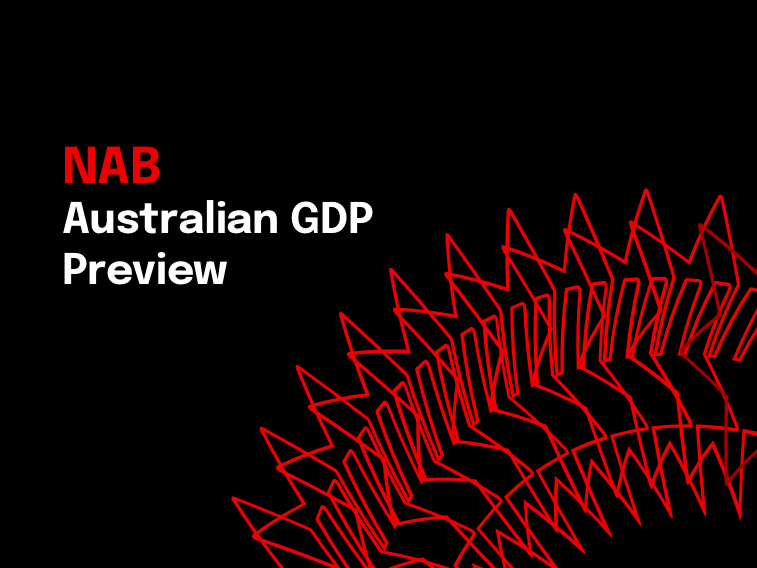A private sector improvement to support growth


Insight
NAB’s proprietary indicator of Australian retail sales reveals a continuation of very slow growth in recent months.

NAB Chief Economist, Alan Oster commented:
“Another meek result from NAB’s Cashless Retail Index underlines the tough environment faced by Australian retailers. The trend in recent months has been for minimal growth or outright declines after decent growth in the second quarter of this year. NAB’s Cashless Retail Index rose by a weak 0.2% in October, which using our mapping techniques implies a small 0.1% rise in the ABS measure of retail trade when it is published in a couple of weeks.
“The slowdown in retail spending is particularly disappointing given the strength of employment growth so far this year, with almost 300K jobs added and the unemployment rate falling to 5.4%. While wages growth may be low by historical standards, the magnitude of the lift in employment would ordinarily be supporting consumer spending to a larger degree, suggesting other concerns such as high debt levels are also leading to household caution.
“It is also the case that retail is under performing consumer spending more broadly. That is, households are devoting less to spending on goods and more to spending on services, either for voluntary reasons (such as preference shifts) or involuntary reasons (such as higher prices for essentials such as utilities). These trends, together with intense competitive pressures, are culminating in a challenging landscape for Australian retailers. The NAB Monthly Business Survey reports that retail business conditions did improve slightly in October, but was nevertheless weak at 0, a level which indicates neither growth nor contraction.
“In addition, there has been a pronounced slowing in household goods retailing in recent months, particularly in the hardware and garden category, which may be related to the housing construction cycle which looks to have passed its peak. Meanwhile there was a bounce back this month in the electrical goods & electronics sub-category – this component fell notably in September, perhaps related to the changed timing of the release of the new iPhone this year (November versus September in previous years). Growth in food retailing is also negative in monthly trend terms, suggesting further deflation. By state, the largest slowing has been in NSW and South Australia.
“NAB’s index is derived from personal transaction data from NAB platforms (around 2 million transactions per day) and includes all cashless retail spending by consumers using debit and credit cards (both in person and online), BPAY and Paypal. NAB’s Cashless Retail Index is reasonably assumed to be representative of aggregate non-cash retail sales in Australia given its large sample size. The average growth rate for NAB’s index is stronger than the official ABS measure of retail trade given that it does not capture cash transactions, which is why we use our mapping equations to forecast the official ABS measure of retail trade. RBA research suggests 18% of the value of retail trade occurred via cash in 2016. Over time, the growth rates of the two series are likely to come together.”
For more information, please refer to the attached report or contact:
© National Australia Bank Limited. ABN 12 004 044 937 AFSL and Australian Credit Licence 230686.